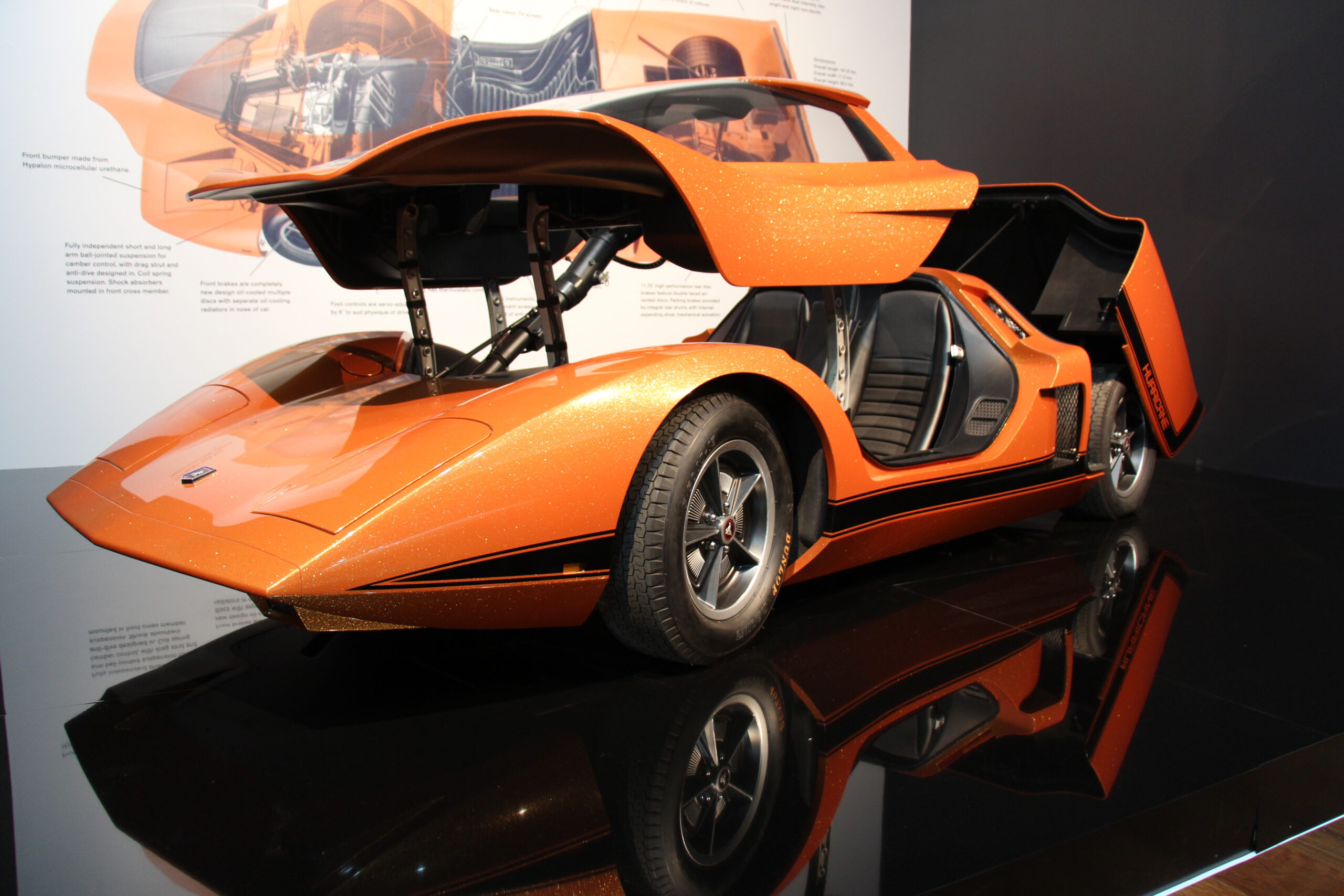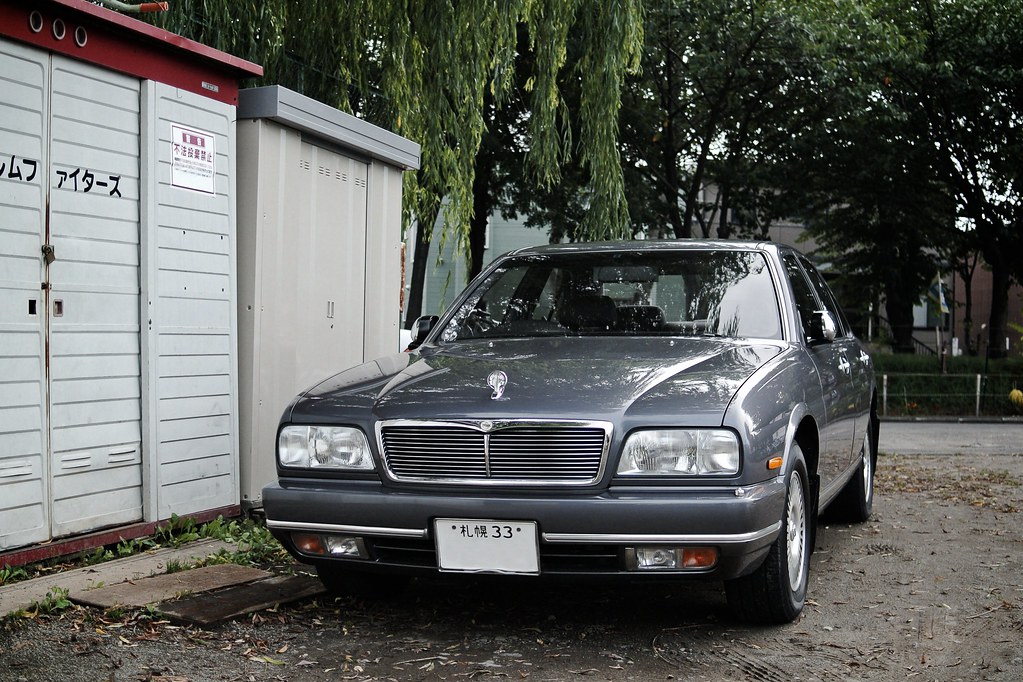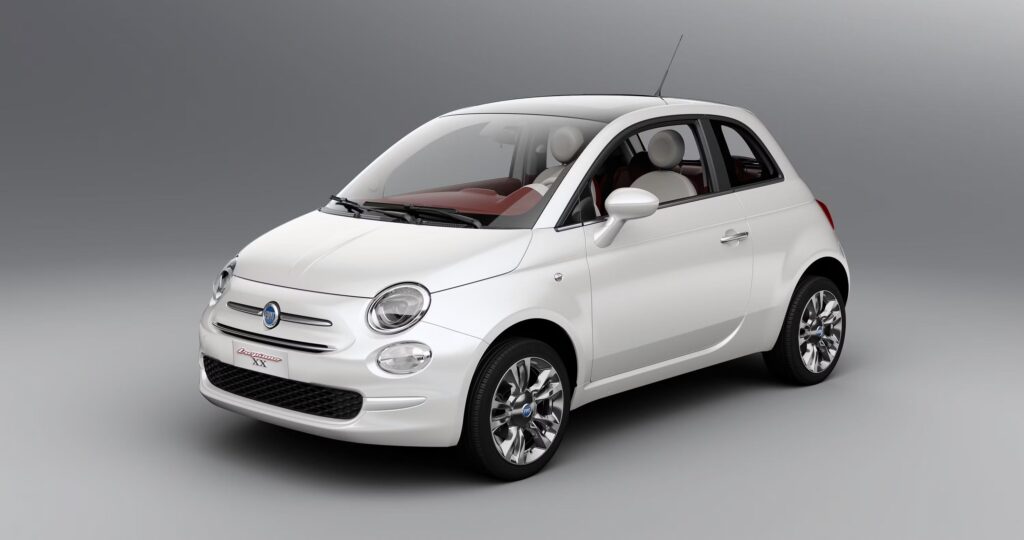
Let’s be brutally honest for a moment: we all dream of that perfect set of wheels, a machine that fires up every time, takes us anywhere, and asks for little more than fuel and a wash. We pour our hard-earned cash into a new (or new-to-us) vehicle, often shelling out figures creeping closer to $50,000, and what do we expect in return? Reliability, a hassle-free ownership experience, and certainly not a permanent parking spot at the local repair shop. But as many an enthusiast, and indeed, many an average commuter can attest, not all dream machines live up to the hype. Some, sadly, transform into daily nightmares faster than you can say ‘check engine light.’
It’s a tough pill to swallow when a vehicle that promised adventure or luxury instead delivers a constant stream of headaches, draining wallets faster than a leaky fuel line. Nobody wants to be stranded on the side of the road, anxiously waiting for a tow truck, or worse, making frequent, involuntary pilgrimages to the service bay. Understanding which car brands are more prone to mechanical issues isn’t just about saving money; it’s about preserving your sanity, your schedule, and your general goodwill towards the automotive industry. It’s about making an informed decision before a gleaming showroom model turns into a costly lesson in automotive disappointment.
So, buckle up, because we’re about to peel back the polished veneer and delve into a lineup of vehicles known not for their pristine performance, but for their uncanny ability to test the patience of even the most devoted owners. This isn’t just about a few isolated incidents; these are brands with a consistent track record of higher-than-average breakdown rates, where the promise of the open road often leads to the exasperation of unexpected repairs. Let’s explore the brands that might just leave you in the lurch more often than you’d ever care to admit.
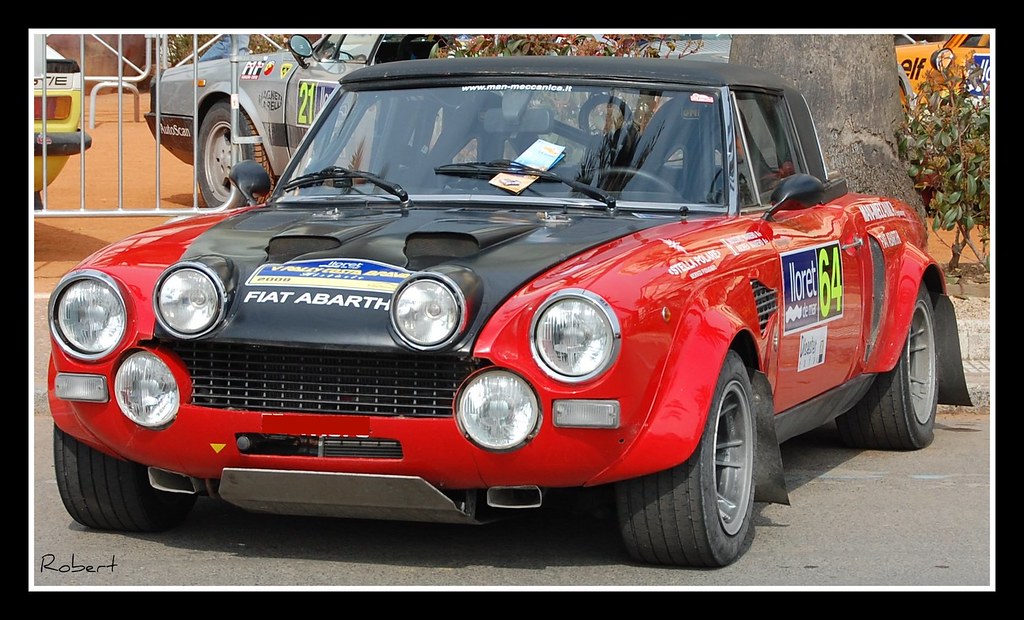
1. **Fiat**Fiat, the very name conjures images of charming Italian cityscapes, compact style, and a certain European flair. But while the aesthetics often hit the mark, the long-term reliability of these vehicles frequently falls short of what drivers truly need. It’s a classic case of form over function, where the allure of distinctive design can often overshadow the underlying mechanical realities. For many owners, that initial charm quickly wears thin when the car decides it prefers staying in the garage over gracing the open road.
According to various consumer reports, Fiat vehicles tend to experience frequent mechanical issues, especially as they age. This isn’t just a minor inconvenience; we’re talking about problems that can significantly impact the driving experience and the overall longevity of the vehicle. These issues aren’t always immediately apparent, but they tend to creep up, steadily eroding an owner’s confidence in their quirky Italian companion. It’s the kind of slow burn that can turn a stylish acquisition into a money pit.
Common problems reported by Fiat owners include everything from frustrating electrical system failures to more serious engine troubles. Imagine trying to start your day only to find your car’s electricals have decided to stage a protest, or worse, facing an unexpected engine hiccup far from home. These aren’t the kind of surprises anyone wants from their daily driver. Despite their stylish design, Fiats are often outperformed by similar brands such as Volkswagen and Peugeot in terms of dependability, which for many, is a crucial benchmark when considering a compact car.
Owners have, quite tellingly, reported spending significantly more on repairs compared to those who opt for other compact car brands. This isn’t a small difference; it’s a notable financial drain that can quickly negate any initial savings or perceived value. While the undeniable charm of a Fiat might initially captivate, it’s critically important to weigh these financial and practical factors. Because when the rubber meets the road, or rather, when the repair bill lands on your desk, that charm may just come with a cost that’s far too high to justify.
Read more about: Beyond the Showroom Shine: A Mechanic and Enthusiast’s Unvarnished Truth About 13 Cars and Why New Isn’t Always Better
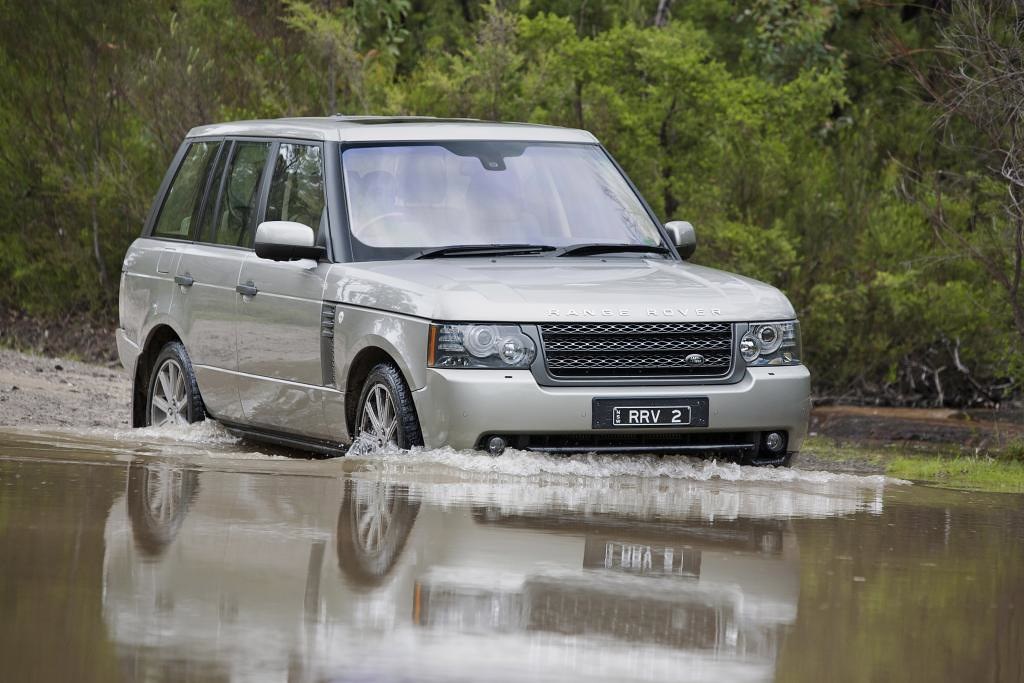
2. **Land Rover**Land Rover. The name itself evokes images of rugged luxury, conquering untamed landscapes, and a certain aspirational lifestyle. These are vehicles designed to look good doing it all, from navigating the urban jungle to scaling a mountain pass. And for a time, they deliver on that promise of prestige and unparalleled off-road prowess. Yet, beneath that veneer of capability and high-end appeal, a persistent specter of reliability issues often lurks, ready to tarnish that meticulously crafted premium image. It’s a bitter pill when your luxurious adventurer spends more time in the shop than on the trail.
Models like the Range Rover Sport and Discovery, despite their formidable presence and advanced features, have been consistently flagged by industry reports for a range of concerning issues. We’re not talking about trivial quirks here; the problems run the gamut from notoriously expensive air suspension failures that can leave your vehicle sagging to a litany of perplexing electrical glitches that plague various systems. These aren’t minor inconveniences; they’re often serious, costly, and can quickly erode the joy of owning such a supposedly robust vehicle.
Recent studies have placed Land Rover significantly lower in reliability rankings when compared to other luxury SUVs. This isn’t just a slight dip; it’s a clear indicator that their engineering, while impressive in concept, doesn’t always translate into real-world durability. Owners frequently encounter costly repairs, turning what should be an indulgent ownership experience into a frustrating cycle of workshop visits. The sheer expense of rectifying these sophisticated problems can quickly add up, transforming a luxury purchase into a financial burden.
While these vehicles undeniably offer impressive capabilities, from their commanding presence to their genuine off-road credentials, potential buyers must enter the arena with open eyes and a prepared wallet. Be warned: you should be fully prepared for the distinct possibility of frequent visits to the repair shop. This potential for ongoing, substantial maintenance costs could very easily overshadow their adventure-ready appeal, making that dream of conquering distant horizons feel more like a recurring nightmare right in your own driveway. It’s a stark reminder that sometimes, even the most glamorous machines have their Achilles’ heel.
Read more about: Hollywood’s Fading Reels: 5 Iconic Movies That Simply Wouldn’t See the Light of Day in Today’s World
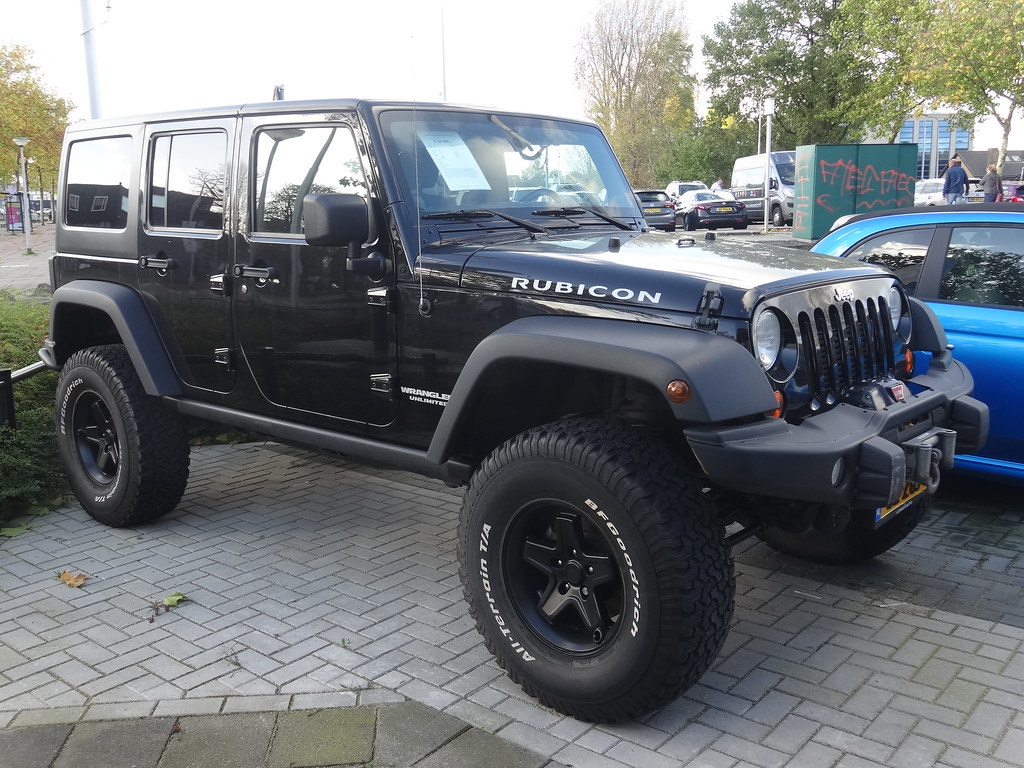
3. **Jeep**When you hear ‘Jeep,’ you likely envision a rugged, go-anywhere machine, an icon of adventure with a design lineage that screams capability. From the dusty trails of Moab to the suburban mall parking lot, Jeeps are renowned for their distinctive looks and legendary off-road capabilities. They promise freedom, exploration, and the ability to tackle whatever the world throws at you. However, despite their undeniably tough exterior and celebrated heritage, Jeep vehicles often face a significant amount of criticism when it comes to their real-world reliability. It’s a reputation that frequently clashes with the reality of ownership.
Common mechanical issues reported by Jeep owners are far from trivial. We’re talking about problems like persistent transmission troubles that can make for a less-than-smooth ride, and pervasive electrical malfunctions that can affect everything from infotainment to essential vehicle functions. These aren’t just one-off glitches; they’ve been consistently highlighted in numerous consumer feedback reports, painting a picture of systemic issues rather than isolated incidents. For a brand built on durability, these reports are quite the eye-opener.
Models like the ever-popular Jeep Cherokee and the quintessential Wrangler are prime examples. While they remain hugely popular among adventure enthusiasts who crave that authentic off-road experience, these very vehicles are frequently reported for unexpected breakdowns. Imagine planning a weekend escape to the wilderness, only to have your trusty Jeep decide it prefers to stay put, or worse, conk out halfway there. It quickly turns a romantic notion of rugged exploration into a practical headache.
According to consumer reviews, Jeep owners often find themselves grappling with maintenance costs that are considerably higher than they initially anticipated. The allure of the iconic 4×4 system and the promise of conquering tough terrains might be strong, but the reality of the repair bills can be a rude awakening. Despite their iconic status and undeniable capability in specific niches, these reliability concerns should be carefully and thoroughly considered by prospective buyers. If you’re looking for a dependable ride that won’t constantly demand your attention (or your savings), a Jeep might just test your patience more than it tackles tough trails.
Read more about: Beyond the Badge: Uncovering the Hidden Flaws in 14 Fan-Favorite Vehicle Models

4. **Alfa Romeo**Alfa Romeo – the name alone ignites visions of exquisite Italian styling, a symphony of performance, and a driving experience steeped in passion. It’s a brand that doesn’t just build cars; it crafts automotive art, imbued with an undeniable soul that captivates enthusiasts worldwide. The Giulia and Stelvio, in particular, are celebrated for their sharp driving dynamics, intoxicating engines, and head-turning aesthetics. They promise an emotional connection to the road, a dance between driver and machine that few other brands can replicate. But, alas, even works of art can have their flaws, and Alfa Romeo’s Achilles’ heel often lies in its struggles with long-term reliability.
Reports from industry experts frequently cite problems that go beyond the occasional minor inconvenience, delving into the more serious realms of engine components and intricate electrical systems. It’s a frustrating paradox: a car that drives like a dream when it’s working perfectly, but can become a genuine headache when it decides to act up. These aren’t the kind of eccentricities that add character; they’re the kind that add significant stress and unexpected costs to the ownership experience. The passion for the drive can quickly be overshadowed by the frustration of the breakdown.
While models such as the Giulia and Stelvio are undoubtedly known for their engaging driving dynamics, they often fall short in terms of sheer durability when pitted against other luxury brands like BMW and Mercedes-Benz. Where German engineering often prioritizes robust, consistent performance, Alfa Romeo sometimes prioritizes flair, occasionally to its detriment in the reliability stakes. This disparity in durability can be a significant point of contention for owners who expect a high level of dependability from their premium purchase.
Consumer feedback paints a rather consistent picture: unexpected repairs and often substantial maintenance costs can become a significant downside for Alfa Romeo owners. That initial romanticism quickly fades when facing a hefty bill for an engine or electrical issue that cropped up seemingly out of nowhere. While their allure and the sheer joy of driving one are undeniable, those who are considering an Alfa Romeo should be acutely aware of its potential reliability pitfalls. The heart might say ‘yes,’ but the wallet and the tow truck driver might have a different, less romantic, story to tell.
Car Model Information: 2025 Acura RDX Base
Name: Alfa Romeo Giulia (Type 105)
Caption: Alfa Romeo Giulia Super
Manufacturer: Alfa Romeo
Production: 1962–1978
Assembly: Portello (district of Milan),Alfa Romeo Portello Plant,Milan
Designer: Giuseppe Scarnati
Class: Compact executive car
BodyStyle: notchback,Sedan (car)
Layout: Front-engine, rear-wheel-drive layout
Related: Alfa Romeo 105/115 Series Coupés,Alfa Romeo 1750 Berlina,Alfa Romeo Gran Sport Quattroruote,Alfa Romeo Spider
Engine: Alfa Romeo Twin Cam engine,1.6 L Twin Cam I4 (petrol),Perkins Engines
Transmission: Manual transmission
Wheelbase: 2510 mm
Abbr: on
Length: 4140 mm
Width: 1560 mm
Height: 1430 mm
Weight: convert
Predecessor: Alfa Romeo Giulietta (750/101)
Successor: Alfa Romeo Giulietta (116)
Sp: uk
Categories: 1970s cars, Alfa Romeo vehicles, Articles with short description, CS1 Italian-language sources (it), Cars introduced in 1962
Summary: Alfa Romeo Giulia (Italian pronunciation: [ˈdʒuːlja]) is the name of three not directly related model (line)s from Italian carmaker Alfa Romeo. The first were the four-door Type 105 entry-level compact executive sports sedans produced from 1962 to 1978; the second are the updated (mainly up-engined) Spider, Sprint, and Sprint Speciale Alfa Giuliettas, and in 2015, Alfa Romeo revived the Giulia name, again for a compact executive car (type 952).
Alfa Romeo was one of the first mainstream manufacturers to put a powerful engine in a light-weight 1 tonne (2,205 lb) four-door car for mass production. The Type 105 Giulia was equipped with a light alloy twin overhead camshaft four-cylinder engine similar to that of the earlier Giulietta (750/101) range, available in 1.3-litre (1,290 cc) and 1.6-litre (1,570 cc) versions. Various configurations of carburetors and tuning produced power outputs from about 80 to about 110 bhp (55 to 75 kW), coupled in most cases to 5-speed manual transmission.
Giulia sedans were noted for lively handling and impressive acceleration among small European four-door sedans of their era, especially considering modest engine sizes offered. The popular Super version with the twin carburettor 1.6 litre engine had a top speed of 170 km/h (106 mph) and accelerated from 0 to 100 km/h (62 mph) in about 12 seconds, better than many sports cars of the late 1960s and early 1970s. When leaving the factory all variations of the Giulia originally fitted either Pirelli Cinturato 165HR14 or 155HR15 tyres (CA67).
The styling of the three-box four-door sedan was somewhat wanting, with its three main volumes all truly square and boxy, softened only by detailing of the front and bonnet, roofline, and boot. Using a wind tunnel during development helped designers to find a remarkably aerodynamic shape with a drag coefficient of Cd=0.34, particularly low for a saloon of the era.
The Giulia Spider was succeeded by the Alfa Romeo Spider (105/115) in 1966.
Get more information about: Alfa Romeo Giulia
Buying a high-performing used car >>>
Brand: Alfa Romeo Model: Giulia
Price: $42,564 Mileage: 4,198 mi.
Read more about: Beyond the Showroom Shine: A Mechanic and Enthusiast’s Unvarnished Truth About 13 Cars and Why New Isn’t Always Better
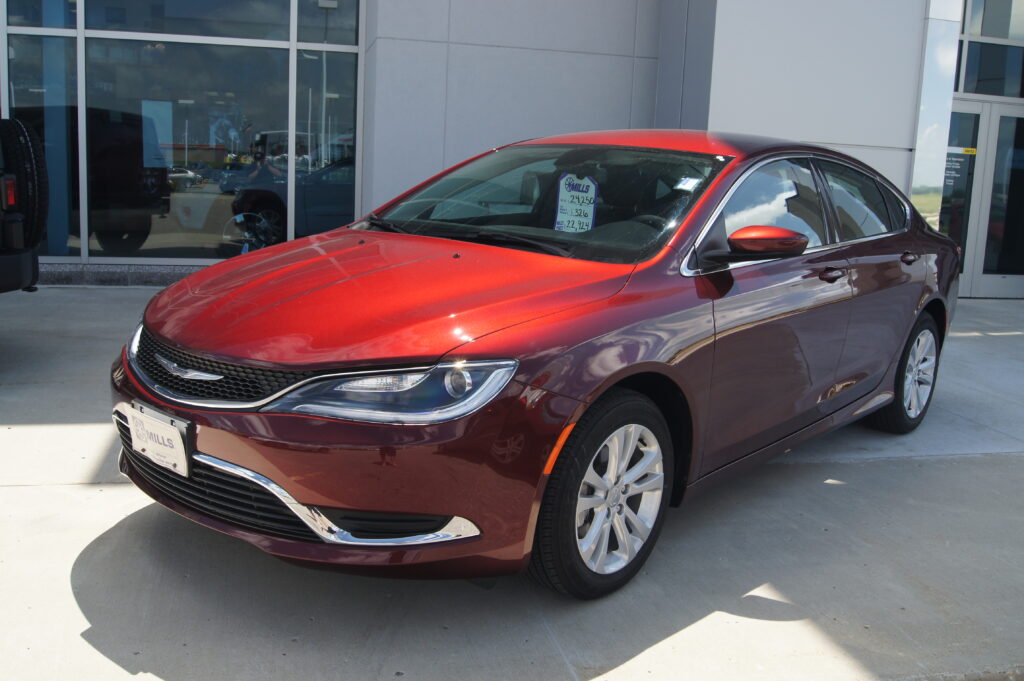
5. **Chrysler**Chrysler, a name deeply woven into the fabric of American automotive history, has long stood as a symbol of domestic comfort and style. From its iconic sedans to family-friendly minivans, the brand has catered to a broad spectrum of American drivers, promising a blend of practicality and accessible luxury. Yet, for all its storied past and commitment to classic American design, Chrysler often grapples with reliability issues that, unfortunately, tend to fall below prevailing industry standards. It’s a consistent narrative where legacy sometimes struggles to translate into modern-day dependability.
Owners frequently report encountering a range of mechanical problems that can be both frustrating and costly. Among the most common grievances are significant engine failures and persistent transmission issues, particularly in popular models like the Chrysler 300 sedan and the Pacifica minivan. These aren’t minor annoyances; these are critical components that, when they fail, can render a vehicle inoperable and lead to substantial repair bills. For families relying on their Pacifica, or executives enjoying their 300, such issues can be truly disruptive.
According to various industry evaluations, Chrysler’s reliability scores regrettably lag behind those of direct competitors such as Ford and Chevrolet. This isn’t a marginal difference; it reflects a broader trend in reported issues and owner dissatisfaction with the long-term durability of their vehicles. While these vehicles certainly offer a blend of comfort and a distinct American style, often at a compelling price point, potential buyers need to approach their decision with caution, fully considering the likelihood of increased maintenance needs.
Understanding these inherent reliability concerns is absolutely crucial for consumers who are evaluating Chrysler’s offerings. The plush interiors, the smooth ride, and the bold exterior styling might draw you in, but the potential for frequent, and often expensive, repairs should be a significant part of your purchasing equation. It’s a reminder that sometimes, the promise of American comfort might come with an unseen asterisk, signaling more time in the service bay than you’d prefer for a car built to be a family workhorse or a stylish cruiser.
Read more about: Beyond the Badge: Uncovering the Hidden Flaws in 14 Fan-Favorite Vehicle Models
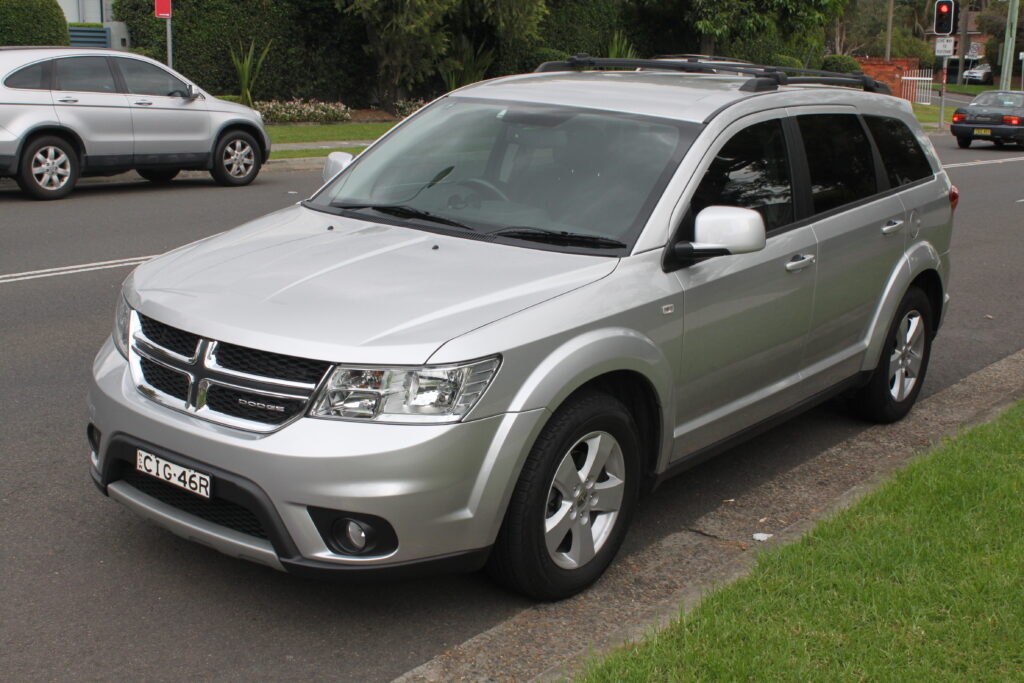
6. **Dodge**Ah, Dodge. The brand that’s always promised a good time, a roaring engine, and enough muscle to make your neighbors nervous. It’s the quintessential American brawler, an automotive powerhouse built for straight-line speed and an undeniable presence on the road. You buy a Charger or a Durango, and you expect that raw, untamed power to be at your fingertips, ready to unleash at a moment’s notice. Yet, beneath that bold, swaggering exterior and the roar of a Hemi, there’s often a narrative of less-than-stellar reliability playing out, much to the chagrin of owners who bought into the ‘pack power’ dream.
Indeed, for all their bravado, Dodge vehicles have a history of reliability challenges that, unfortunately, persist into the modern era. We’re not just talking about minor quirks or a bit of character; we’re talking about tangible, frustrating problems. Statistical data, often the grim reaper of automotive dreams, consistently highlights frequent issues, particularly with engine performance and braking systems in popular models like the Charger and Durango. Imagine you’re trying to haul down from highway speeds in your Charger, only to find the brakes feeling… less than confident. Or your Durango, meant for family adventures, suddenly developing an unexpected engine hiccup. That’s not the kind of drama anyone signed up for.
Reports from consumer surveys paint a rather clear, and somewhat disheartening, picture: many Dodge owners experience more breakdowns compared to industry averages. This isn’t just a few bad apples; it’s a consistent trend indicating that while their powerful performance and appealing aesthetics might initially win you over, these vehicles often require more frequent and often costly repairs than you might anticipate. It’s the automotive equivalent of a perpetually injured star athlete – brilliant when on the field, but too often sidelined.
So, if you’re eyeing a new Dodge, drawn in by the promise of brute force and undeniable cool factor, a word to the wise: prospective buyers really should weigh these potential drawbacks. That strong reputation in performance, while deserved on the track, might not always translate to the kind of day-in, day-out reliability that keeps your wallet happy and your blood pressure low. It’s a tough balance to strike, but for many Dodge owners, the scale often tips towards the repair shop.
Car Model Information: 2022 Dodge Charger SXT
Name: Dodge Charger
Caption: 1969 Dodge Charger
Manufacturer: Dodge
Production: 1966–1978,1981–1987,2005–present
ModelYears: 1966–1978,1982–1987,2006–present
Categories: 1960s cars, 1970s cars, 1980s cars, 2000s cars, 2010s cars
Summary: The Dodge Charger is a model of automobile marketed by Dodge in various forms over eight generations since 1966.
The first Charger was a show car in 1964. A 1965 Charger II concept car resembled the 1966 production version.
In the United States, the Charger nameplate has been used on mid-size cars, personal luxury coupes, subcompact hatchbacks, and full-size sedans.
Get more information about: Dodge Charger
Buying a high-performing used car >>>
Brand: Dodge Model: Charger
Price: $19,987 Mileage: 37,151 mi.
Read more about: From Showroom Shocker to Silver Screen Legend: 6 Automotive Flops That Conquered Hollywood
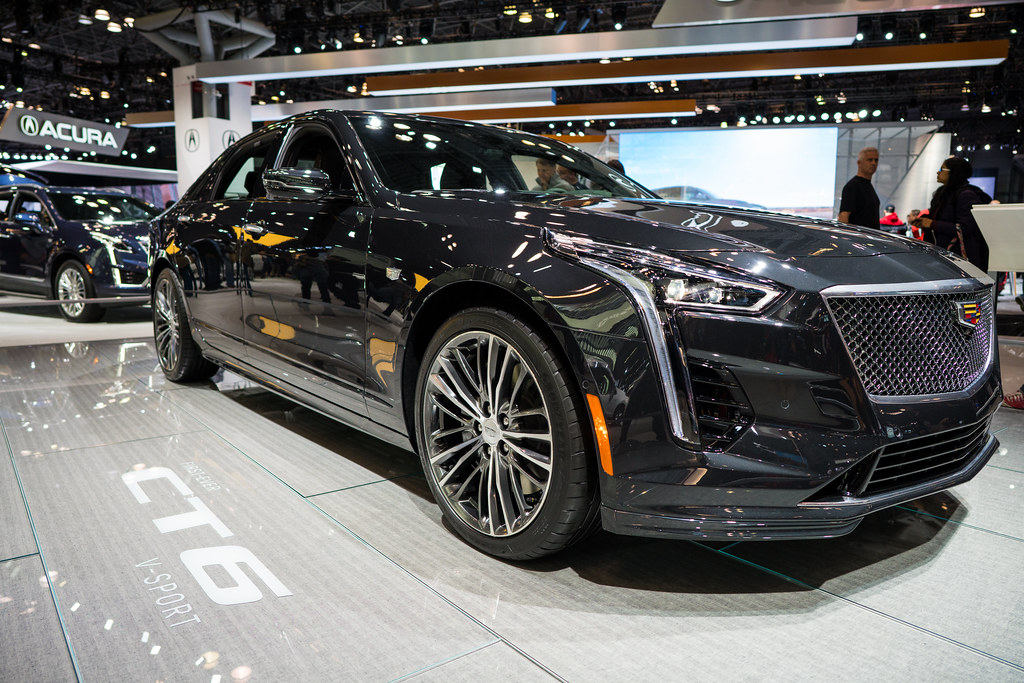
7. **Cadillac**Cadillac. The name alone conjures images of unadulterated American luxury, a ride as smooth as silk, and an unmistakable statement of prestige. For generations, driving a Caddy meant you had arrived, a symbol of success and sophisticated comfort. Models like the Escalade and CTS have long been the gold standard for those seeking a blend of opulent interiors and commanding road presence. But here’s the rub: even symbols of luxury can harbor a less-than-glamorous secret, and for Cadillac, it often comes in the form of reliability challenges that can unfortunately tarnish that meticulously polished, prestigious image.
Owners frequently encounter issues that chip away at the luxury experience, particularly with electrical systems and suspension components. Imagine cruising down the highway in your Escalade, enveloped in comfort, only for an electrical gremlin to suddenly dim the dashboard or cause an infotainment system to freeze. Or perhaps your CTS, designed for a refined ride, starts exhibiting mysterious suspension quirks that compromise its smooth demeanor. These aren’t just minor inconveniences; they’re the kind of problems that fundamentally detract from what a luxury vehicle is supposed to deliver: effortless, dependable indulgence.
When you pit Cadillac against its luxury peers, like the ever-dependable Lexus or the meticulously engineered Audi, the reality can be a bit sobering. Cadillac vehicles, regrettably, tend to have a higher rate of mechanical failures. This isn’t just about brand loyalty; it’s about objective performance in the long run. Consumer reports, a bastion of real-world data, consistently suggest that while Cadillac undoubtedly offers that appealing blend of luxury and robust performance, the potential for breakdowns is a factor worth considering. It’s a stark reminder that sometimes, the flashiest presentation hides a few less-than-stellar backstage issues.
This means that potential buyers shouldn’t just be prepared to pay the premium price tag for entry into the Cadillac club; they should also be braced for the possibility of increased maintenance needs. That dream of gliding along in supreme comfort might occasionally be interrupted by an unexpected trip to the service bay. While the plush leather and powerful engines are certainly alluring, understanding these underlying reliability issues is crucial for anyone hoping their American luxury statement won’t become a source of regular headaches.
Car Model Information: 2021 Cadillac Escalade Sport Platinum
Name: Cadillac Escalade
Caption: Fifth generation Cadillac Escalade
Manufacturer: Cadillac
Production: 1998–present,2002–present (ESV),2001–2013 (EXT),2008–2013 (Hybrid)
ModelYears: 1999–2000,2002–present
Class: Full-size,luxury car,sport utility vehicle
Related: ubl
Layout: Front-engine, rear-wheel drive layout,Front-engine, four-wheel drive layout
Categories: 2000s cars, 2010s cars, 2020s cars, All-wheel-drive vehicles, All Wikipedia articles in need of updating
Summary: The Cadillac Escalade is a full-size luxury SUV manufactured by General Motors and marketed by Cadillac as its first major entry into the SUV market. The Escalade was introduced for the 1999 model year in response to an influx of new luxury SUVs in the late 1990s including the Mercedes-Benz M-Class, Range Rover, Lexus LX, and Ford’s 1998 debut of the Lincoln Navigator. The Escalade project went into production only ten months after it was approved. The Escalade is built in Arlington, Texas.
The term “escalade” refers to a siege warfare tactic of scaling defensive walls or ramparts with the aid of ladders or siege towers. More generally, it is a French word which is the noun-equivalent form of the French verb escalader, which means “to climb or scale”.
The Escalade is currently sold in North America and select international markets (Europe and Asia) where Cadillac has official sales channels. The Escalade ESV (Escalade Stretch Vehicle) is sold in North America, Russia, and the Middle East, but is only available by special order in some international markets. The right-hand-drive Escalade and Escalade ESV are available through third-party conversion specialists without official agreement with Cadillac in Australian, Oceanic, and Japanese markets.
On August 8, 2023, GM presented the Escalade IQ, an all-electric version of the Escalade, and the third model in Cadillac’s EV line, after the Celestiq, and Lyriq. It is expected to go on sale in late 2024 for the 2025 model year, with a starting price of $130,000.
The Escalade has gone through five generations, the most recent (the fifth) prsented in 2021, noted for its technology and self-driving capability. The fifth generation Escalade is nearly two metres high, and was criticized by The Verge for its excessive size and hazard to pedestrians.
Get more information about: Cadillac Escalade
Buying a high-performing used car >>>
Brand: Cadillac Model: Escalade
Price: $75,858 Mileage: 40,779 mi.
Read more about: The Revival Circuit: 12 Forgotten Concepts That Changed the Automotive Industry
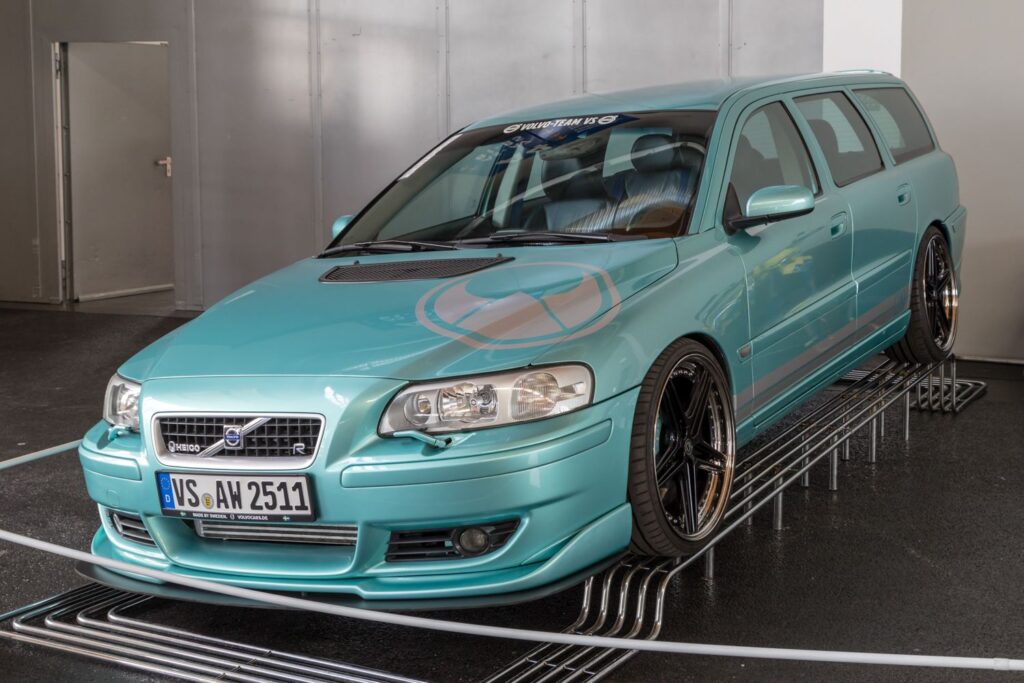
8. **Volvo**Volvo. The Swedish bastion of safety, a brand so committed to protecting its occupants that it’s practically synonymous with crash-test excellence and innovative protective technologies. When you think Volvo, you envision a tank, an impenetrable fortress on wheels designed to shrug off impacts and keep your family safe. Models like the XC90 and S60 are lauded for their intelligent design and robust approach to passenger protection. It’s a brand that inspires immense trust in its ability to shield you from the harsh realities of the road. However, and it’s a big ‘however’ for enthusiasts, sometimes that intense focus on safety seems to come at the expense of consistent mechanical reliability.
For a brand that projects an aura of impenetrable robustness, it’s a bit of a head-scratcher when mechanical issues begin to surface with a frequency that belies its reputation. Specific models, such as the aforementioned Volvo XC90 and S60, are often mentioned in industry reviews for a range of issues. We’re talking about problems like electrical failures, which can be particularly frustrating in a car brimming with sophisticated safety tech, and transmission problems, which are never a cheap or easy fix. It feels a bit like having a bulletproof vest that occasionally loses a button or two in transit; still protective, but definitely not flawless.
According to various industry evaluations, Volvo’s breakdown rates, surprisingly, often clock in higher than some other European luxury brands, even those known for their complexity like BMW and Audi. This isn’t a slight against their admirable dedication to safety, but rather a cold, hard look at the data. While Volvo’s pioneering dedication to safety innovations is undeniably commendable and a major draw for many, prospective buyers really need to consider the potential for increased repair frequency. It’s a trade-off many don’t expect when investing in a brand with such a solid reputation for quality.
So, before you commit to that perfectly safe, beautifully designed Scandinavian chariot, understand that while it will undoubtedly protect you in a crunch, it might also make a few more unscheduled detours to the mechanic’s lift than you might prefer. Understanding these reliability concerns can help make a more informed choice when considering a Volvo, ensuring that your peace of mind extends beyond just crash safety and into the everyday dependability of your ride.
Car Model Information: 2018 Volvo XC90 T6 Momentum
Name: Volvo XC90
Caption: 2018 Volvo XC90
Manufacturer: Volvo Cars
Production: 2002–present
Class: Executive car,crossover SUV
BodyStyle: SUV
Layout: ubl
Categories: 2010s cars, 2020s cars, All-wheel-drive vehicles, All articles with dead external links, All articles with unsourced statements
Summary: The Volvo XC90 is a mid-size luxury SUV manufactured and marketed by Volvo Cars since 2002 and in its second generation.
The first generation was introduced at the 2002 North American International Auto Show and used the Volvo P2 platform shared with the first generation Volvo S80 and other large Volvo cars. It was manufactured at Volvo’s Torslandaverken in Sweden. Volvo moved production equipment of the first generation to China and ended Swedish production at the end of 2014, renaming the car as the Volvo XC Classic (or Volvo XC90 Classic).
At the end of 2014, the second generation XC90 was introduced. It is based on a new global platform, the Scalable Product Architecture (SPA). Both generations of the XC90 have won Motor Trend’s SUV of the Year award in their debuts.
In late 2022, the electric-only EX90 was introduced as the successor of the XC90. However, in September 2024, Volvo launched the second facelift of XC90, and stated that both models would be sold together for the foreseeable future.
Get more information about: Volvo XC90
Buying a high-performing used car >>>
Brand: Volvo Model: XC90
Price: $20,834 Mileage: 90,682 mi.
Read more about: From Blockbusters to Auction Blocks: The Most Valuable Cars to Ever Grace Our Screens
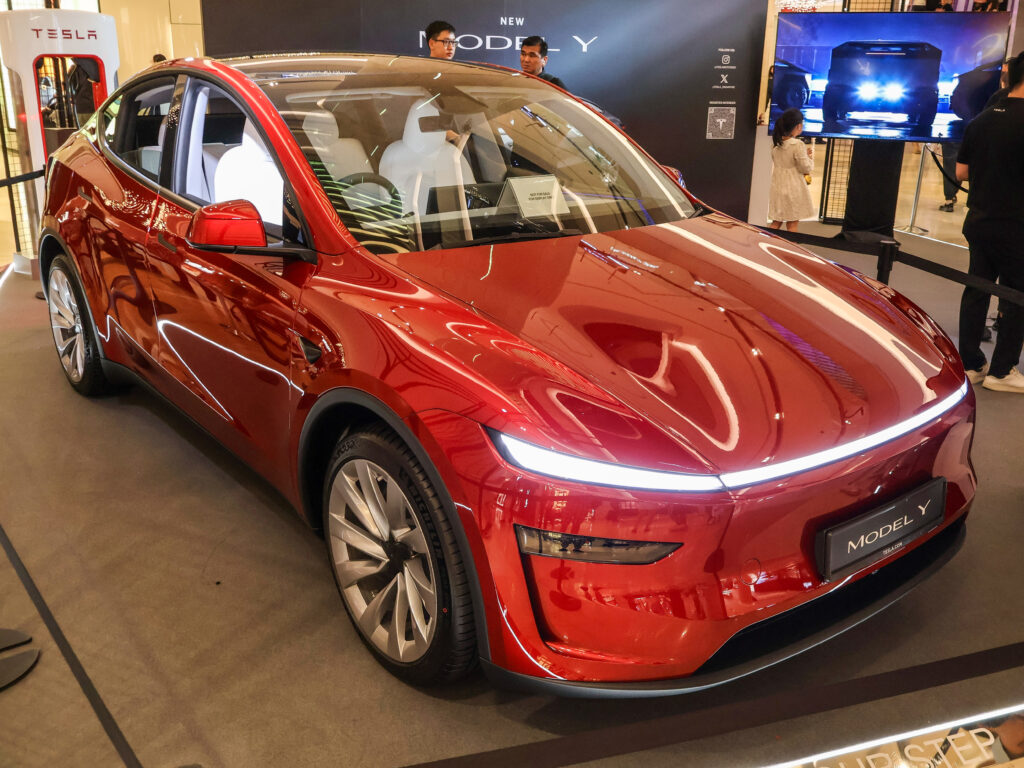
9. **Tesla**Tesla. The name itself is less a car brand and more a phenomenon, a paradigm shift, an almost cult-like following for a company that fundamentally rewrote the rules of the automotive industry. As a pioneer in the electric vehicle market, Tesla represents the future, with cutting-edge technology, ludicrous acceleration, and a minimalist aesthetic that’s undeniably seductive. Models like the Model S and Model 3 are celebrated for their innovation and performance, promising an experience unlike any traditional internal combustion engine vehicle. Yet, for all its futuristic allure, Tesla faces unique reliability concerns, many of which stem directly from its groundbreaking, rapidly evolving technology.
This isn’t your grandpa’s car, and that means some of the issues are distinctly modern. Owners frequently report encountering problems such as frustrating software glitches that can affect anything from the infotainment system to driver-assist features, and build quality inconsistencies that manifest in panel gaps or interior rattles. These are the kinds of niggles that can really grate on an owner, especially when you’ve invested in a premium, supposedly revolutionary product. It’s like buying a state-of-the-art smartphone that occasionally crashes or has a slightly misaligned screen – brilliant, but not without its annoyances.
While industry reviews often heap praise on Tesla for its innovation and breathtaking performance, the cold, hard reality is that reliability scores tend to lag behind those of traditional automakers. And then there are the electric vehicle-specific issues, which are still a relatively new frontier for many. We’re talking about concerns like battery degradation, which, while improving, is still a long-term worry for some, and charging system failures, which can turn a simple top-up into a major headache. These aren’t just minor manufacturing flaws; they highlight the importance of considering these distinct factors when going all-electric, especially with a brand that’s still, in many ways, defining the segment.
So, if you’re contemplating joining the Tesla revolution, drawn in by the promise of ecological responsibility and blisteringly quick acceleration, be forewarned. Prospective Tesla buyers absolutely should weigh these reliability concerns alongside the brand’s undeniable technological allure. It’s a bold leap into the future, but sometimes, the bleeding edge can be a little… prone to the occasional cut, making that innovative dream machine feel a bit more like a daily beta test than a perfected product.
Car Model Information: 2024 Subaru Outback Onyx Edition
Name: Tesla Model S
ModelYears: 2013–present
Alt: A front-three quarter view of a gray Model S
Caption: #2016–2019: First major update
Designer: Franz von Holzhausen
Weight: cvt
Height: cvt
Width: cvt
Length: cvt
Wheelbase: cvt
ElectricRange: cvt
Battery: kWh,lithium-ion battery
Motor: Unbulleted list
Transmission: Reduction drive
Related: Tesla Model X
Layout: Rear-motor, rear-wheel drive,Dual-motor, all-wheel-drive,Tri-motor, all-wheel-drive layout
BodyStyle: liftback,sedan (automobile)
Class: Full-size car
Assembly: Unbulleted list
Production: June 2012 – present
Manufacturer: Tesla, Inc.
Sp: us
Chassis: Unibody
Categories: 2020s cars, All-wheel-drive vehicles, All Wikipedia articles written in American English, All articles containing potentially dated statements, Articles containing potentially dated statements from 2025
Summary: The Tesla Model S is a battery-electric, four-door full-size car produced by the American automaker Tesla since 2012. The automaker’s second vehicle and longest-produced model, the Model S has been described as one of the most influential electric cars in the industry. Car and Driver named it one of the best cars of the year in 2015 and 2016. Its various accolades include the Motor Trend Car of the Year Award in 2013.
Tesla started developing the Model S around 2007 under the codename WhiteStar. Initially, Henrik Fisker was appointed as the lead designer for the WhiteStar project; after a dispute with Elon Musk, Tesla’s CEO, Fisker was replaced by Franz von Holzhausen. By 2008, von Holzhausen had designed what would become the production Model S’s exterior. Tesla unveiled a prototype of the vehicle in March 2009 in Hawthorne, California. In 2010, Tesla acquired a facility in Fremont, California, to produce the Model S, which was previously owned by General Motors and Toyota. Series manufacture of the car officially began at the Tesla Fremont Factory in June 2012. Tesla carried out the final assembly for European markets at its facilities in Tilburg, Netherlands, between 2013 and 2021.
The Model S typically uses either one or initially two alternating current induction motors; since 2019, dual-motor versions have used a permanent magnet motor in the front, though the high-performance Model S Plaid’s three motors are permanent magnet units by default. Constructed mostly of aluminum, the Model S shares 30 percent of its components with the Model X—a crossover SUV that was introduced in 2015. The Model S has undergone several updates during its production, the most prominent ones occurring in 2016 and 2021. These updates have usually included modifications to the motor, such as changes to power or torque, revised exterior elements, and refreshed interior features. One such change included the 2015 introduction of Tesla Autopilot—a partial vehicle automation advanced driver-assistance system.
In 2015, the Model S was the world’s best-selling plug-in electric vehicle. In 2012, it was included on Time’s list of the Best Inventions of the Year, and the magazine later included it on its list of the 10 Best Gadgets of the 2010s in 2019. In 2014, The Daily Telegraph described the Model S as a “car that changed the world”. Road & Track argued that, with the introduction of the Plaid and features such as the yoke steering wheel, Tesla managed to turn the Model S into “perhaps one of the worst [cars in the world]”.
Get more information about: Tesla Model S
Buying a high-performing used car >>>
Brand: Tesla Model: Model S
Price: $32,397 Mileage: 17,174 mi.
Read more about: Beyond the Badge: Uncovering the Hidden Flaws in 14 Fan-Favorite Vehicle Models
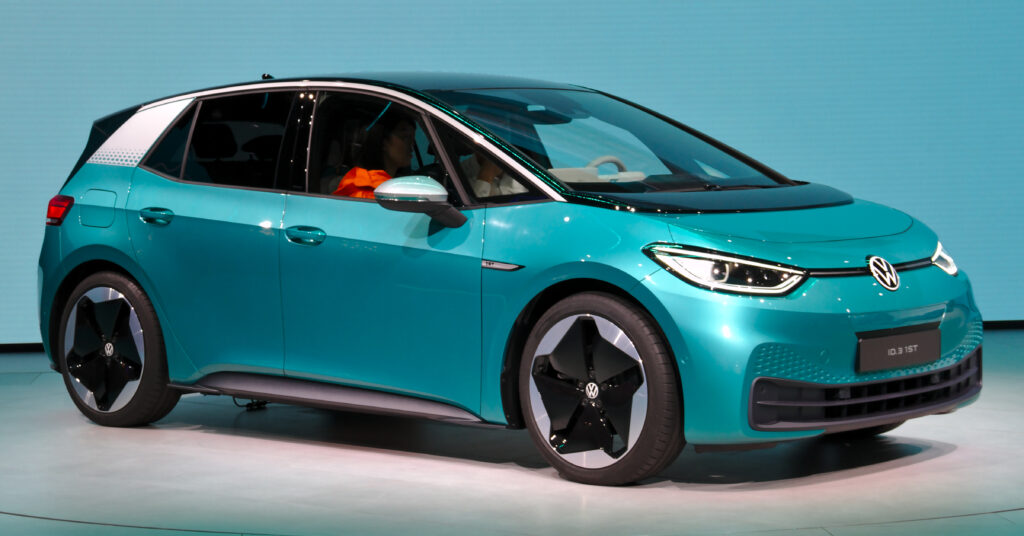
10. **Volkswagen**Volkswagen. The ‘People’s Car.’ A brand deeply ingrained in automotive history, known for everything from the iconic Beetle to practical, well-engineered modern vehicles like the Jetta and Passat. They’ve built a reputation for offering a blend of European charm, solid driving dynamics, and a certain accessible sophistication. Many buyers are drawn to Volkswagen for their perceived quality and the satisfying ‘thunk’ of a closing door. Yet, for all its storied past and commitment to a broad, diverse lineup, Volkswagen often faces reliability challenges that, unfortunately, can frustrate owners and chip away at that perception of German engineering prowess.
It’s a tale as old as time, or at least as old as the brand’s presence in the American market: models such as the Volkswagen Jetta and Passat have been consistently noted for experiencing issues that go beyond routine maintenance. We’re talking about common ailments like engine troubles, which can range from minor annoyances to significant, wallet-draining overhauls, and persistent electrical faults, which seem to plague so many modern vehicles, often manifesting in unpredictable ways. These aren’t just isolated incidents; they’re often recurring themes in owner forums and consumer reports, suggesting a pattern rather than an anomaly.
Though Volkswagen undeniably offers a compelling blend of performance, style, and often a more refined interior feel than some competitors, its breakdown frequency can be higher than expected, as per numerous consumer reports. This isn’t to say every VW is a lemon, far from it, but the brand’s overall track record tends to be a bit more inconsistent than its more reliable counterparts. The initial appeal of that continental flair and refined ride can quickly fade when you’re making an unscheduled visit to the mechanic’s bay, wondering if that ‘People’s Car’ is asking a bit too much from the people who own it.
Understanding these inherent challenges is absolutely crucial for potential buyers who are evaluating Volkswagen’s offerings. While the crisp handling and tasteful design might draw you in, the potential for frequent, and often expensive, repairs should be a significant part of your purchasing equation. As you consider your next vehicle, remember that reliability is crucial for ensuring peace of mind. Choose wisely, and meticulously consider how each brand’s history of breakdowns, even a brand as beloved as Volkswagen, might impact your driving experience and your long-term satisfaction.
Read more about: Beyond the Badge: Uncovering the Hidden Flaws in 14 Fan-Favorite Vehicle Models
So, there you have it: a frank, no-holds-barred look at the vehicles that, despite their initial appeal or powerful promises, often end up testing the patience of their owners. From stylish Italian city cars to rugged American icons, and even the avant-garde pioneers of tomorrow, the message is clear: a car’s perceived image or marketing hype doesn’t always align with its real-world dependability. While the allure of luxury, performance, or cutting-edge technology is undeniably strong, the consistent threads running through these ‘daily nightmares’ are the unexpected repairs, the draining maintenance costs, and the sheer frustration of a vehicle that just can’t seem to stay out of the shop. Ultimately, the greatest luxury a car can offer isn’t a plush interior or a zero-to-sixty sprint time, but the quiet, unglamorous peace of mind that comes with knowing it will start every time, get you where you need to go, and ask for little in return but the open road. Choose wisely, because your sanity (and your savings account) will thank you.

